کتاب شوینده های منسوجات به بررسی پارامترهای دخیل در شستشوی منسوجات، به ویژه عملکرد مواد شوینده می پردازد. در این کتاب اصول فیزیکی و شیمیایی فرآیند شستشو و همچنین ترکیب، تولید و عملکرد شویندههای خانگی و صنعتی شرح داده شده است. همچنین یک فصل ویژه به روش های مدرن تجزیه و تحلیل مواد شوینده اختصاص داده شده است. در کتاب شوینده های منسوجات تاکید ویژه ای بر جنبه های زیست محیطی و سم شناسی شده و همچنین اهمیت اقتصادی مواد شوینده و اطلاعات مرتبط در مورد انواع پارچه و ماشین لباسشویی مورد بررسی قرار گرفته است.
Contents
- Historical Review
- Physical Chemistry of the Washing Process
2.1. Influence of the Water
2.2. Types of Soil
2.3. The Soil Removal Process
2.3.1. Oily/Greasy Soil
2.3.2. Particulate Soil
2.3.3. Calcium-Containing Soil
2.3.4. Influence of Textile Fiber Type
2.4. Subsequent Processes
2.4.1. Dispersion and Solubilization Processes
2.4.2. Adsorption
2.4.3. Soil Antiredeposition and Soil Repellent Effects
2.5. Concluding Remarks
3. Detergent Ingredients
3.1. Surfactants
3.1.1. Anionic Surfactants
3.1.2. Nonionic Surfactants
3.1.2.1. Alcohol Ethoxylates (AE)
3.1.2.2. Alkylphenol Ethoxylates (APE)
3.1.2.3. Fatty Acid Alkanolamides (FAA)
3.1.2.4. Alkylamine Oxides
3.1.2.5. N-Methylglucamides (NMG)
3.1.2.6. Alkylpolyglycosides (APG)
3.1.3. Cationic Surfactants
3.1.4. Amphoteric Surfactants
3.2. Builders
3.2.1. Alkalies
3.2.2. Complexing Agents
3.2.3. Ion Exchangers
3.2.4. Builder Combinations
3.3. Bleaches
3.3.1. Bleach-Active Compounds
3.3.2. Bleach Activators
3.3.3. Bleach Catalysts
3.3.4. Bleach Stabilizers
3.4. Further Detergent Ingredients
3.4.1. Enzymes
3.4.2. Soil Antiredeposition Agents, Soil Repellent/Soil Release Agents
3.4.3. Foam Regulators
3.4.4. Corrosion Inhibitors
3.4.5. Fluorescent Whitening Agents
3.4.6. Dye Transfer Inhibitors
3.4.7. Fragrances
3.4.8. Dyes
3.4.9. Fillers and Formulation Aids
4. Household Laundry Products
4.1. Heavy-Duty Detergents
4.1.1. Conventional Powder Heavy-Duty Detergents
4.1.2. Compact and Supercompact Heavy-Duty Detergents
4.1.3. Extruded Heavy-Duty Detergents
4.1.4. Heavy-Duty Detergent Tablets
4.1.5. Color Heavy-Duty Detergents
4.1.6. Liquid Heavy-Duty Detergents
4.2. Specialty Detergents
4.2.1. Powder Specialty Detergents
4.2.2. Liquid Specialty Detergents
4.3. Laundry Aids
4.3.1. Pretreatment Aids
4.3.2. Boosters
4.3.3. Aftertreatment Aids
4.3.3.1. Fabric Softeners
4.3.3.2. Stiffeners
4.3.3.3. Laundry Dryer Aids
4.3.4. Other Laundry Aids
4.3.4.1. Refreshing Products for Dryer Application
4.3.4.2. Odor Removers for Washer Application
5. Industrial and Institutional Detergents
6. Production of Powder Detergents
6.1. Technology Overview
6.2. Manufacturing Processes
6.2.1. Traditional Spray-Drying Process
6.2.2. Superheated Steam Drying
6.2.3. Nontower Agglomeration Process
6.2.4. Nontower Compound Technology
6.3. Densification Processes
6.3.1. Dry Densification in a Mixer
6.3.2. Dry Densification in a Spheronizer
6.3.3. Dry Densification in a Roller Press
6.3.4. Wet Granulation
6.3.5. Spaghetti Extrusion
6.3.6. Postaddition Process
6.3.7. Dry Densification in a Tablet Press
6.4. Raw Materials
6.4.1. Anionic Surfactants
6.4.2. Nonionic Surfactants
6.4.3. Builders
6.4.4. Peroxygen Bleaches
6.4.5. Enzymes
7. Analysis of the Composition
7.1. Detergent Ingredients
7.2. Purposes of Detergent Analysis
7.3. Sample Preparation
7.4. Analytical Methods
7.4.1. Qualitative Analysis
7.4.2. Sample Preparation
7.4.3. Quantitative Analysis
7.4.4. Separation Methods
7.4.5. Structure Determination
7.4.6. Determination of Characteristic Values
7.4.7. Analysis Automation
7.5. Sources of Information
8. Test Methods for Laundry Detergents
8.1. Laboratory Methods
8.2. Practical Evaluation
8.3. Consumer Tests
9. Economic Aspects
9.1. Detergent Components
9.1.1. Surfactants
9.1.2. Builders
9.2. Laundry Detergents
9.3. Fabric Softeners
9.4. Other Laundry Aids
10. Ecology
10.1. Laundry, Wastewater, and the Environment
10.2. Contribution of Laundry to the Sewage Load
10.3. Detergent Laws
10.3.1. Development of the European Detergent Legislation
10.3.2. Regulatory Limitations on Anionic and Nonionic Surfactants
10.3.3. Primary Biodegradation Test Procedures
10.3.4. Regulation of Maximum Phosphate Content in Detergents
10.4. General Criteria for the Ecological Evaluation of Detergent
Chemicals
10.4.1. Concept
10.4.2. Environmental Exposure Assessment
10.4.2.1. Biodegradation
10.4.2.2. Biodegradability Standard Test Methods
10.4.2.3. Supplementary Biodegradation Test Methods
10.4.2.4. Exposure Analysis
10.4.3. Assessment of Environmental Effects
10.4.3.1. Basic Ecotoxicity Tests
10.4.3.2. Subchronic and Chronic Ecotoxicity Tests
10.4.3.3. Biocenotic Ecotoxicity Tests
10.4.3.4. Bioaccumulation
10.4.4. Process of Environmental Risk Assessment
10.5. Ecological Characterization of Main Detergent Ingredients
10.5.1. Surfactants
10.5.1.1. Anionic Surfactants
10.5.1.2. Nonionic Surfactants
10.5.1.3. Cationic Surfactants
10.5.2. Builders
10.5.2.1. Zeolites
10.5.2.2. Polycarboxylates
10.5.2.3. Citrates
10.5.2.4. Sodium Carbonate (Soda Ash)
10.5.2.5. Nitrilotriacetate (NTA)
10.5.3. Bleaching Agents
10.5.3.1. Sodium Perborate
10.5.3.2. Sodium Percarbonate
10.5.3.3. Tetraacetylethylenediamine (TAED)
10.5.4. Auxiliary Agents
10.5.4.1. Phosphonates
10.5.4.2. EDTA
10.5.4.3. Enzymes
10.5.4.4. Optical Brighteners
10.5.4.5. Carboxymethyl Cellulose
10.5.4.6. Dye Transfer Inhibitors
10.5.4.7. Fragrances
10.5.4.8. Foam Regulators
10.5.4.9. Soil Repellents
10.5.4.10. Dyes
10.5.4.11. Sodium Sulfate
11. Toxicology
11.1. Detergent Ingredients
11.1.1. Surfactants
11.1.2. Builders
11.1.3. Bleach-Active Compounds
11.1.4. Auxiliary Agents
11.2. Finished Detergents
11.3. Conclusions
12. Textiles
13. Washing Machines and Wash Programs (Cycles)
13.1. Household Washing Machines
13.1.1. Classification
13.1.2. Operational Parameters
13.1.3. Wash Programs
13.1.3.1. Japanese Washing Machines and Washing Conditions
13.1.3.2. North American Washing Machines and Washing Conditions
13.1.3.3. European Washing Machines and Washing Conditions
13.1.4. Energy and Water Consumption
13.1.5. Construction Materials Used in Washing Machines
13.1.6. The Market for Washing Machines
13.2. Laundry Dryers
13.3. Washing Machines for Institutional Use
13.3.1. Batch-Type Machines
13.3.2. Continuous Batch Washers
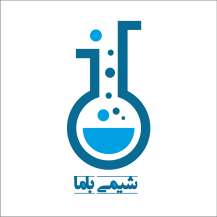
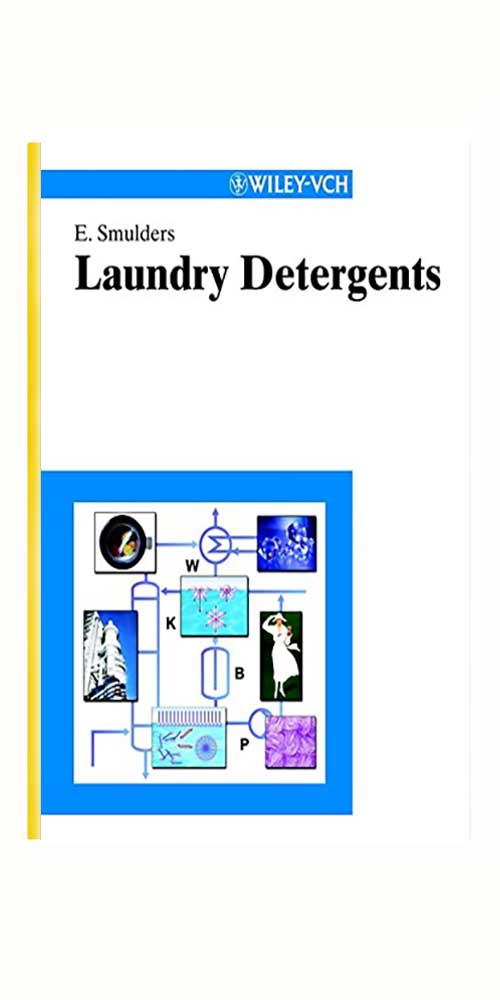
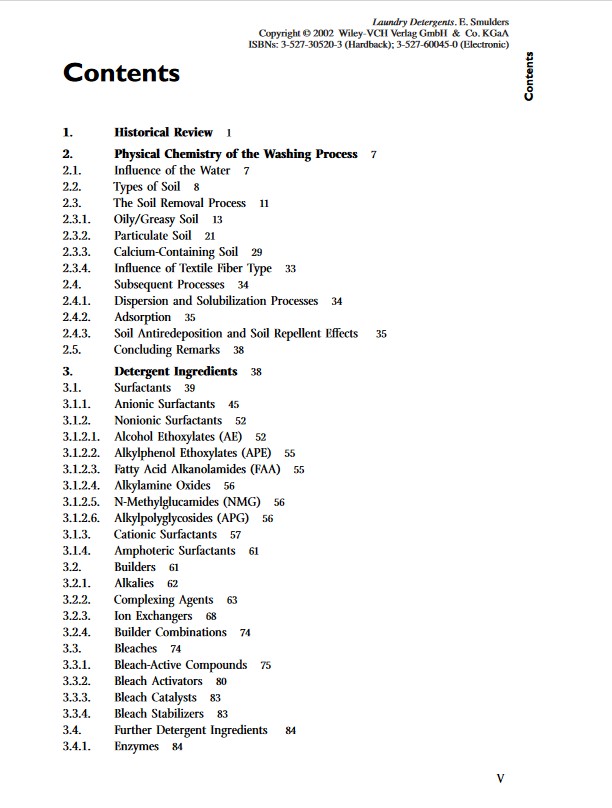
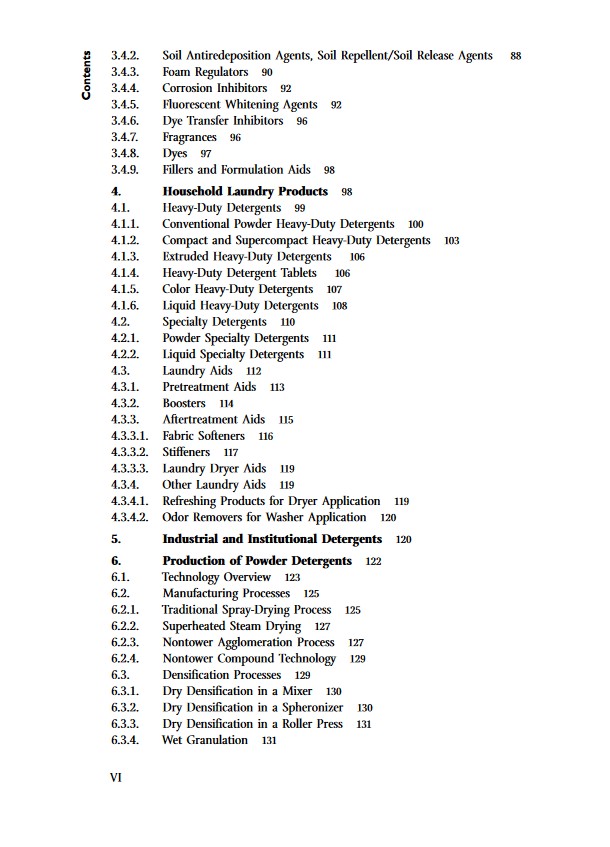
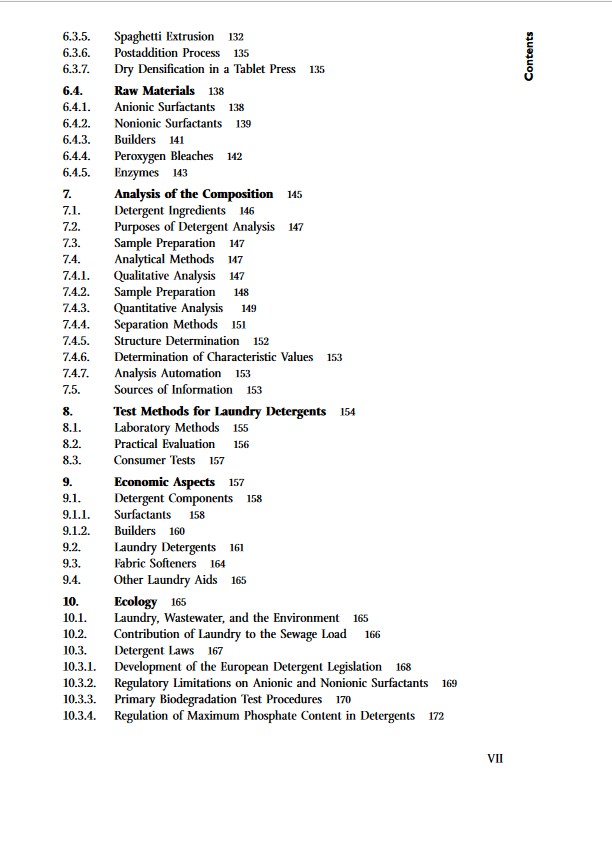
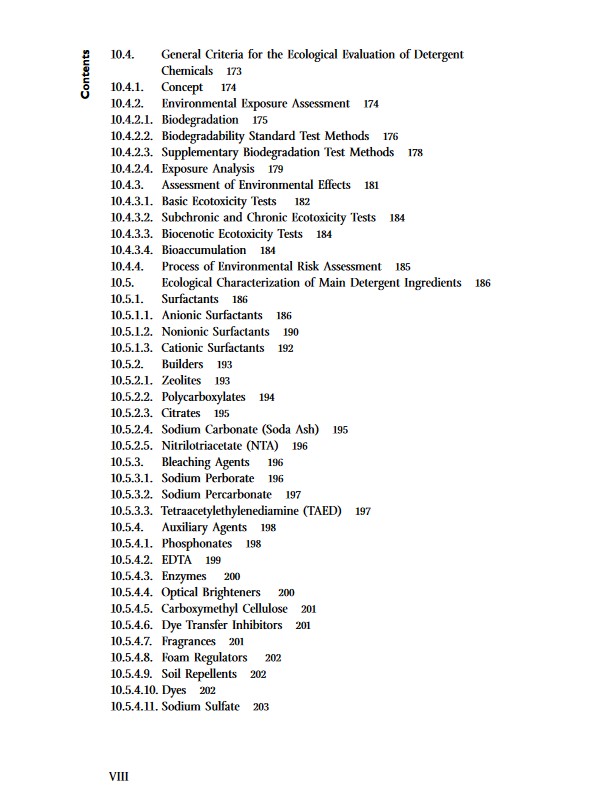
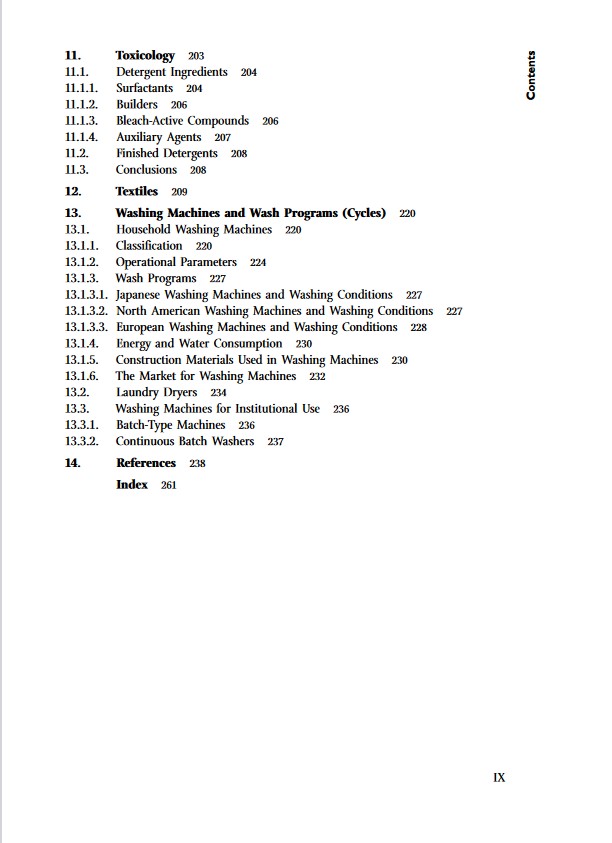
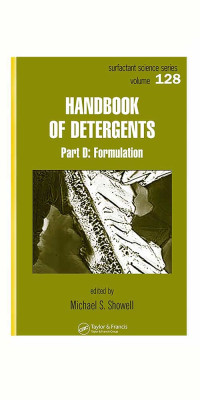
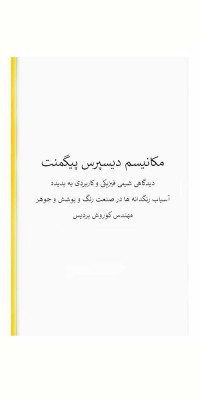
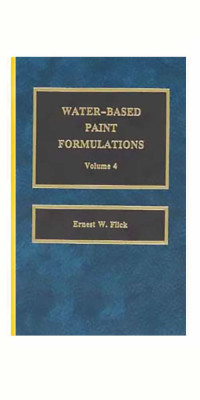
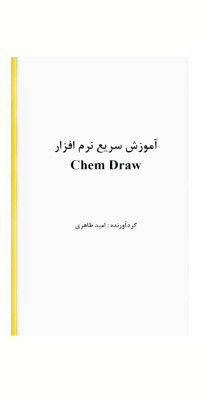

نقد و بررسیها
هنوز بررسیای ثبت نشده است.